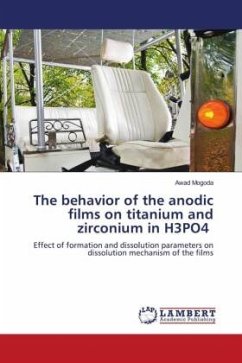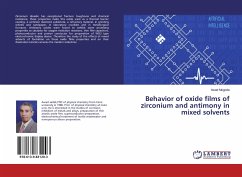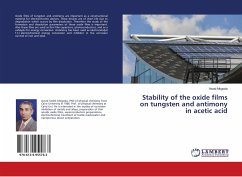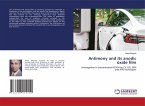The great efforts devoted to the research on titanium oxide material produced many promising uses in areas that range from photovoltaics and photocatalysis to photo-electrochromic and sensors. These uses can be generally classified into "energy" and "environmental" types, many types rely not only on the properties of the titanium oxide material itself but also on the changes in the oxide host. Zirconium compounds are used in many biomedical applications, including dental implants, knee, and hip replacements, middle-ear ossicular chain reconstruction, and other restorative and prosthetic devices. Because of the low thermal neutron capture cross-section, adequate mechanical properties and good corrosion resistance, zirconium and its alloys are used in the nuclear industry. For example, it can serve as fuel cladding and core structure material. Therefore, titanium, zirconium, and their oxides are very important in the electronic industries.
Bitte wählen Sie Ihr Anliegen aus.
Rechnungen
Retourenschein anfordern
Bestellstatus
Storno








